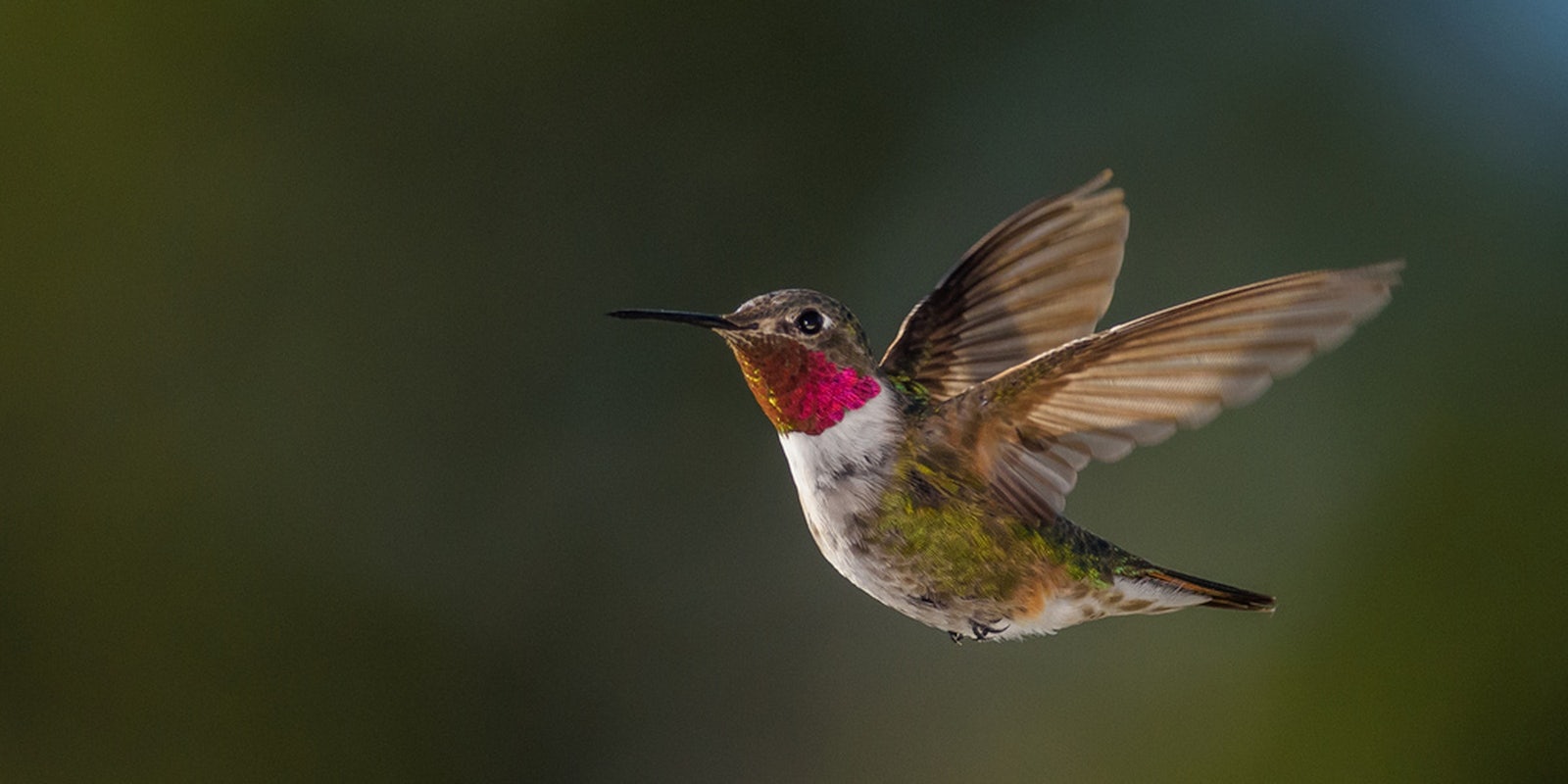On the surface, birding can seem like an incredibly low-tech hobby: All it requires is sitting outdoors and quietly waiting for birds to show up.
However, the pastime is also visual, making Instagram an obvious choice for birders wanting to catalog what they see. In fact, the medium has perhaps boosted birding’s popularity: #birding currently has over 314,000 posts, #birdingphotography over 73,000, and #birdsofinstagram over a million.
But despite such a rise in interest over the past few years, there’s also reluctance among some longtime birders and naturalists to embrace Instagram and other social media. According Sharon Stiteler, also known as Birdchick, “In the birding community, everyone is always talking about ‘How can we get other people to notice birds?’” And yet when posting photos to Instagram, Facebook, or Snapchat come up, they bristle at the notion.
Part of this is because of tradition. Birding is a hobby that’s been around long enough for rules to be formed. And those that sidestep the “formal” way of getting into birding (with books and expensive binoculars) often don’t know these rules.
For example, some younger “casual” birders may not keep a “life list”—the list many birders keep of every bird they’ve ever seen—which, to the old guard, is a sign they’re not taking birding seriously.
“Digital camera plus Internet help seems to me a prescription to create ‘eternal beginners,’ people that photograph a lot of birds and cannot ID them,” says a commenter on Birding.com. “This kind of beginner gets instant rewards from the photos even if s/he has no idea what it is they photographed. No doubt an enjoyable activity involving birds, but is it birding?”
There is also a tradition of birders meeting up in person, and many worry that social media is eroding that community spirit. “Facebook’s ability to connect and share information instantly has hit the bird clubs upside the head,” writes Greg Neise on North American Birding. “Memberships are down and meeting attendance is a mere shadow of what it was.”
It is this long-held idea that outdoorsmanship and technology are mutually exclusive that seems to be hindering the old-school birders from coming around to the new. “Many people 30 and over assume that technology and social media are the worst and prevent kids from going outside,” says Stiteler.
While that may have been true for kids of the previous generation—when options topped out at either playing outside or sitting in front of a television—the mobile aspects of social media means birders can identify birds, post on Instagram or Tumblr, and even keep track of a “life list,” all from their phones. Birding may not look the way it did 40 years ago, but it’s open to more people than ever.
For their part, amateur birders who have embraced Instagram aren’t trying to step on anyone’s toes. They are largely using the service to note what they track in their area, whether that’s Brazil, Alaska, Brooklyn, or Israel. And professional organizations like the National Audubon Society and the U.S. Fish and Wildlife Service utilize Instagram to show the diversity of birds and their behaviors around the country.
Stiteler began birding pre-social media, as a child. But she found that blogging, podcasting, and apps like Instagram were a natural way to share her interests. She has been capturing birdlife in Minnesota and elsewhere on the medium for almost four years, and is always pleasantly surprised when she finds people have gotten into birding through her.
“One of my absolute favorite places to go birding in the U.S. is the Rio Grande Valley in Texas, and I always love it when I’ll meet someone at a bird festival or they’ll drop me a note saying they just went to the Rio Grande Valley for the first time, because they saw my pictures on the Internet,” she told the Daily Dot.


